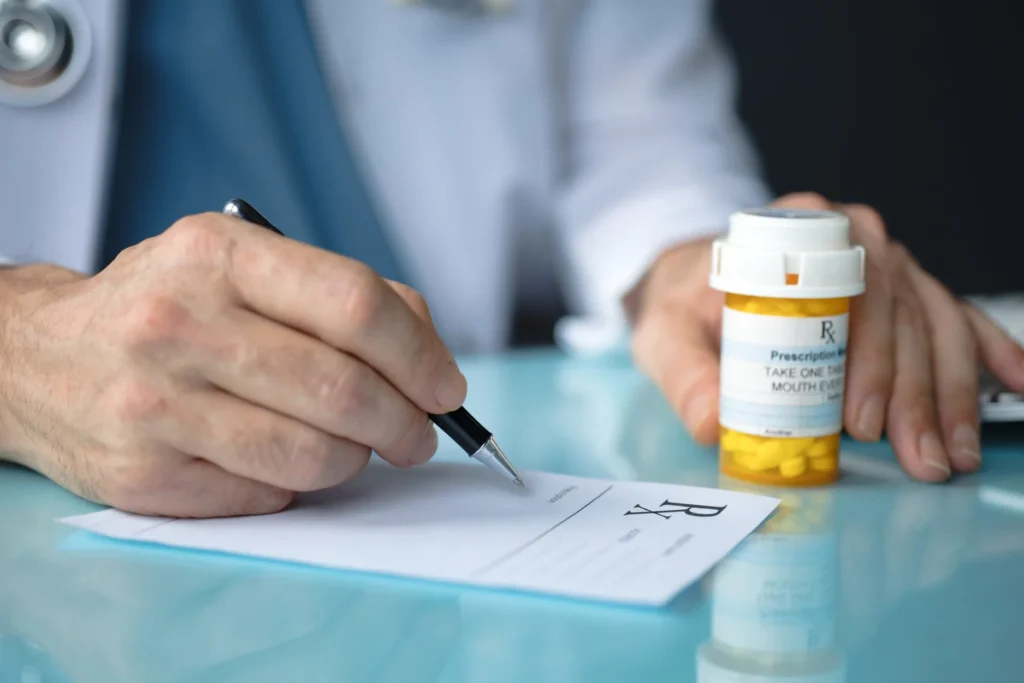Proudly based out of Nashville, TN.
ThriveAP Blog
Welcome to ThriveAP's Blog, your go-to resource for empowering advanced practice providers (APPs) and enhancing healthcare delivery.
Our curated articles, largely developed by leading APPs, delve into essential topics such as transition to practice strategies, continuing education, and workforce optimization. Gain actionable insights to support your APPs, improve patient outcomes, and stay ahead in the ever-evolving healthcare landscape.












